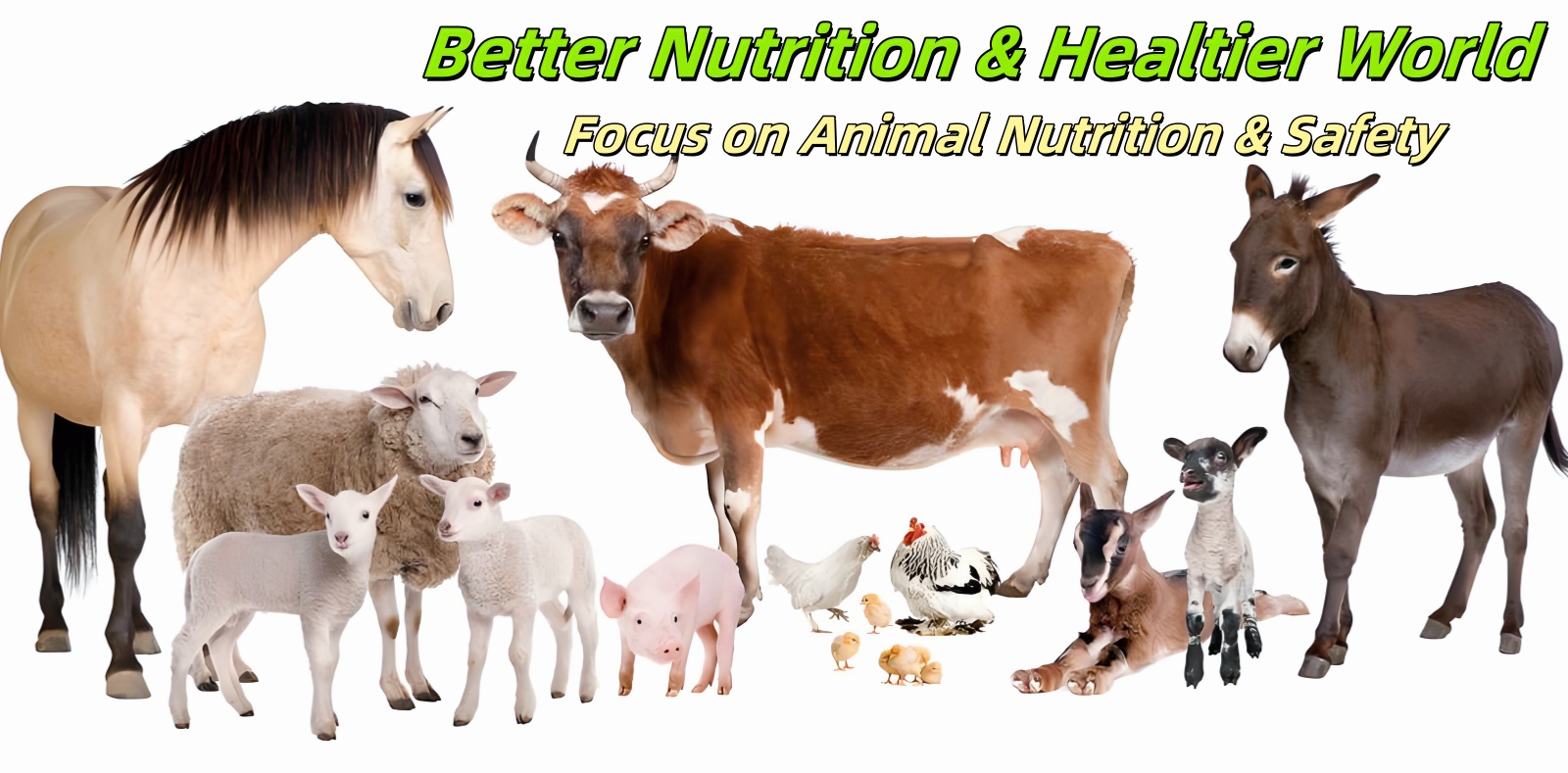Introduction
Mycotoxins are a major enemy in the livestock industry, and improper handling can lead to significant losses. As an essential part of farming, feed is easily affected by aflatoxins, vomitoxin, deoxynivalenol, ochratoxin, and zearalenone. Therefore, how to store feed and prevent mold is particularly important.
Choosing Quality Feed
First, it is crucial to select high-quality feed ingredients, especially corn, soybean meal, and wheat bran. These ingredients make up a large proportion of the feed and provide the necessary nutrients for pigs. High-quality raw materials can effectively prevent mold and avoid numerous issues after feeding, such as increased respiratory diseases, muscle relaxation in sows, false pregnancies, lack of estrus, and difficulties in conception.
Excessive intake of mycotoxins by sows can lead to liver and kidney poisoning, pulmonary edema, fetal damage, decreased immunity, and birth defects in piglets. Moldy feed can also cause refusal to eat, loss of appetite, and vomiting, resulting in severe economic losses for farms. To ensure the health of breeding and sows, it is essential to choose quality raw materials.
Feed Storage Consideration
- Seal Feed Bags Promptly: After use, quickly tie up the feed bag to prevent moisture and mold, as well as to avoid pest contamination.
- Maintain Ventilation and Dryness: The storage area for feed should be kept ventilated and dry, avoiding water leaks during rain, and should be regularly disinfected.
- Elevate Feed Storage: It is advisable to elevate the bottom of the feed storage by about 20 cm to prevent moisture from the ground affecting the feed.
- Choose Reputable Manufacturers: Purchase feed produced by reputable manufacturers and pay attention to the production date, as well as the color and smell of the feed.
Often Overlooked Feed Trough Cleaning
Timely cleaning of leftover feed in the trough is essential; clean the feed stuck to the trough walls every 3-4 days. Try to ensure that pigs eat from an empty trough daily. If the bottom of the trough is not cleaned for a long time, various mycotoxins may develop, affecting the pigs' feed intake and growth rate.
Some farms may scrape off moldy feed and give it to fattening pigs, but this practice can actually increase the risk of illness in pigs. Therefore, moldy feed should be disposed of promptly, and one must not be greedy for small gains and suffer big losses.















